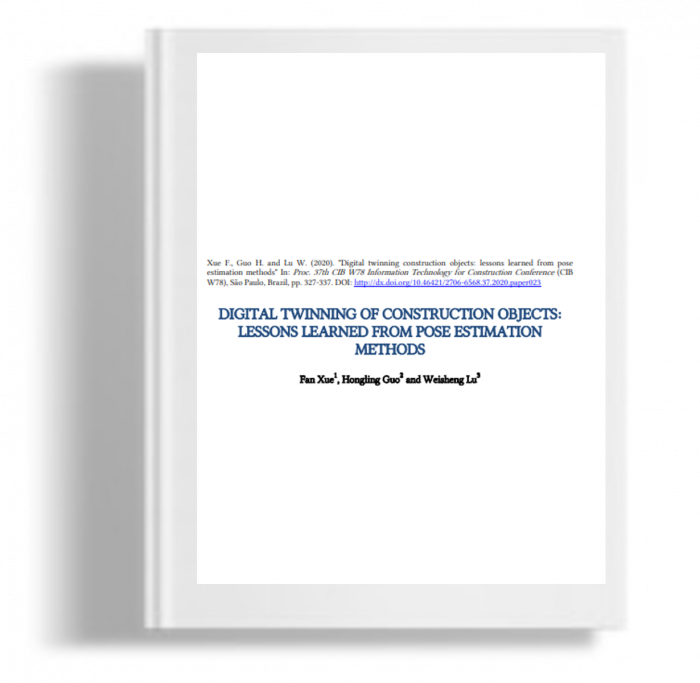Kami menggunakan cookies untuk membuat pengalaman Anda lebih baik. Untuk mematuhi petunjuk e-Pribadi yang baru, kami perlu meminta persetujuan Anda untuk menyetel cookies. Pelajari lebih lanjut .
Digital Twinning of Cisntruction Objects : Lessons Learned From Pose Estimation Methods
This paper revisits the pose estimation methods for the digital twinning of various on-site construction objects, including construction components, equipment, and humans. From a machine learning perspective, all the pose estimation methods can be categorized into four classes, i.e., filtering, supervised, reinforcement, and unsupervised. The inputs, processes, output, and target objects of each class are introduced with demonstrative cases. Comparisons on the pros and the cons of the methods reveal the best choices for digital twinning under different objectives, such as a safer site and more productive construction, as well as constraints such as pose accuracy, computational time, and overall cost. The complexities of digital twinning different construction objects are compared to explain the distribution of existing cases in the literature. Opportunities and possible research directions in the new era of AI and blockchain are recommended at the end.
This paper revisits the pose estimation methods for the digital twinning of various on-site construction objects, including construction components, equipment, and humans. From a machine learning perspective, all the pose estimation methods can be categorized into four classes, i.e., filtering, supervised, reinforcement, and unsupervised. The inputs, processes, output, and target objects of each class are introduced with demonstrative cases. Comparisons on the pros and the cons of the methods reveal the best choices for digital twinning under different objectives, such as a safer site and more productive construction, as well as constraints such as pose accuracy, computational time, and overall cost. The complexities of digital twinning different construction objects are compared to explain the distribution of existing cases in the literature. Opportunities and possible research directions in the new era of AI and blockchain are recommended at the end.

